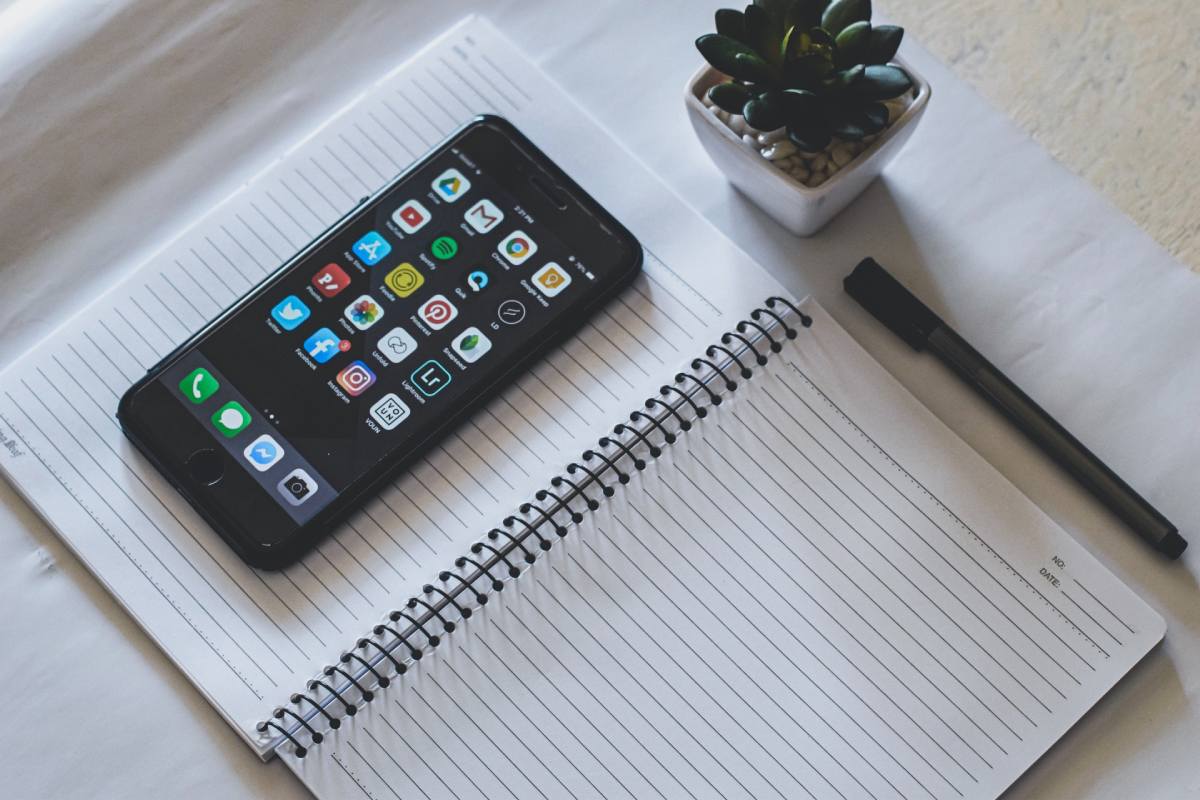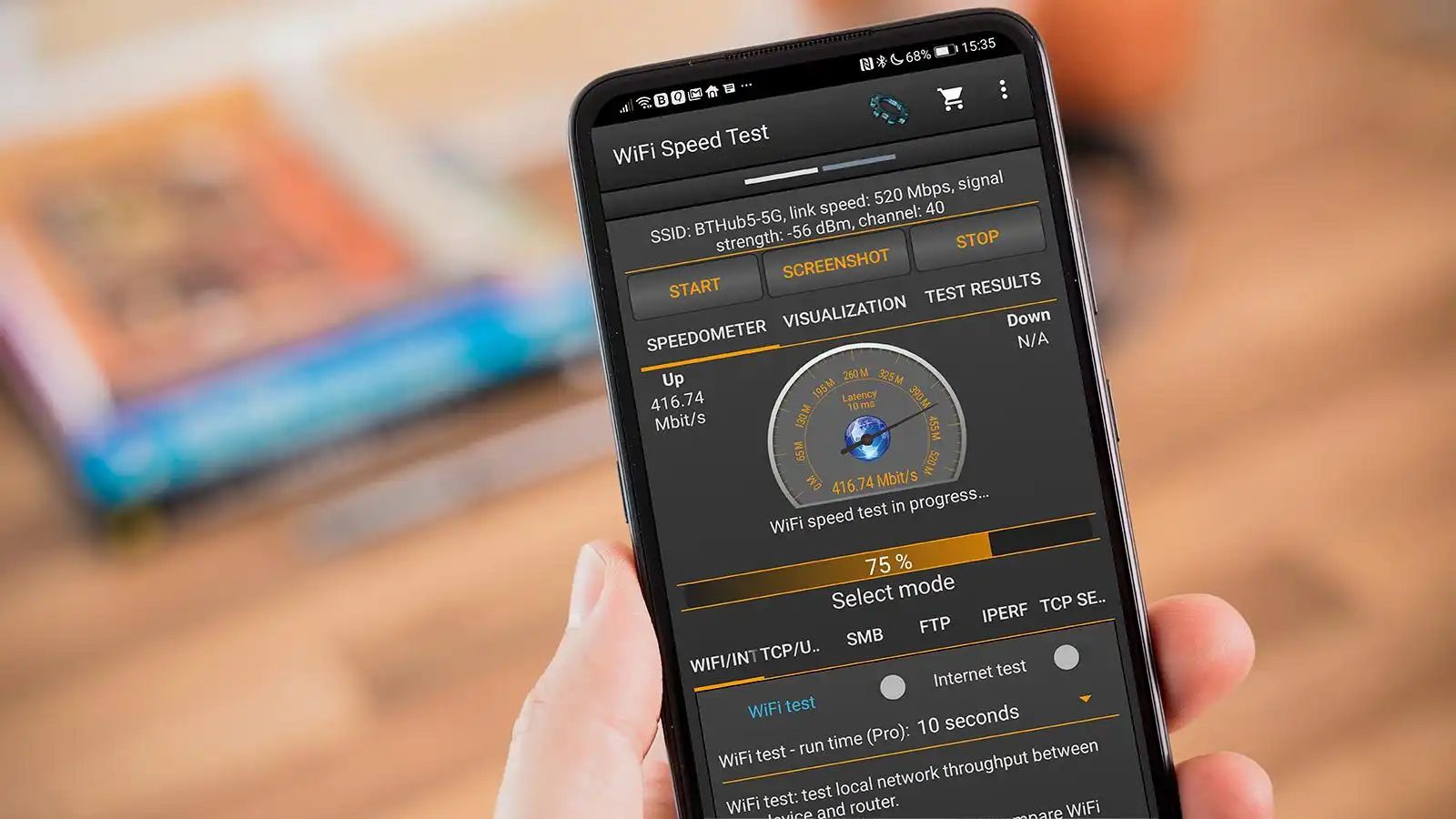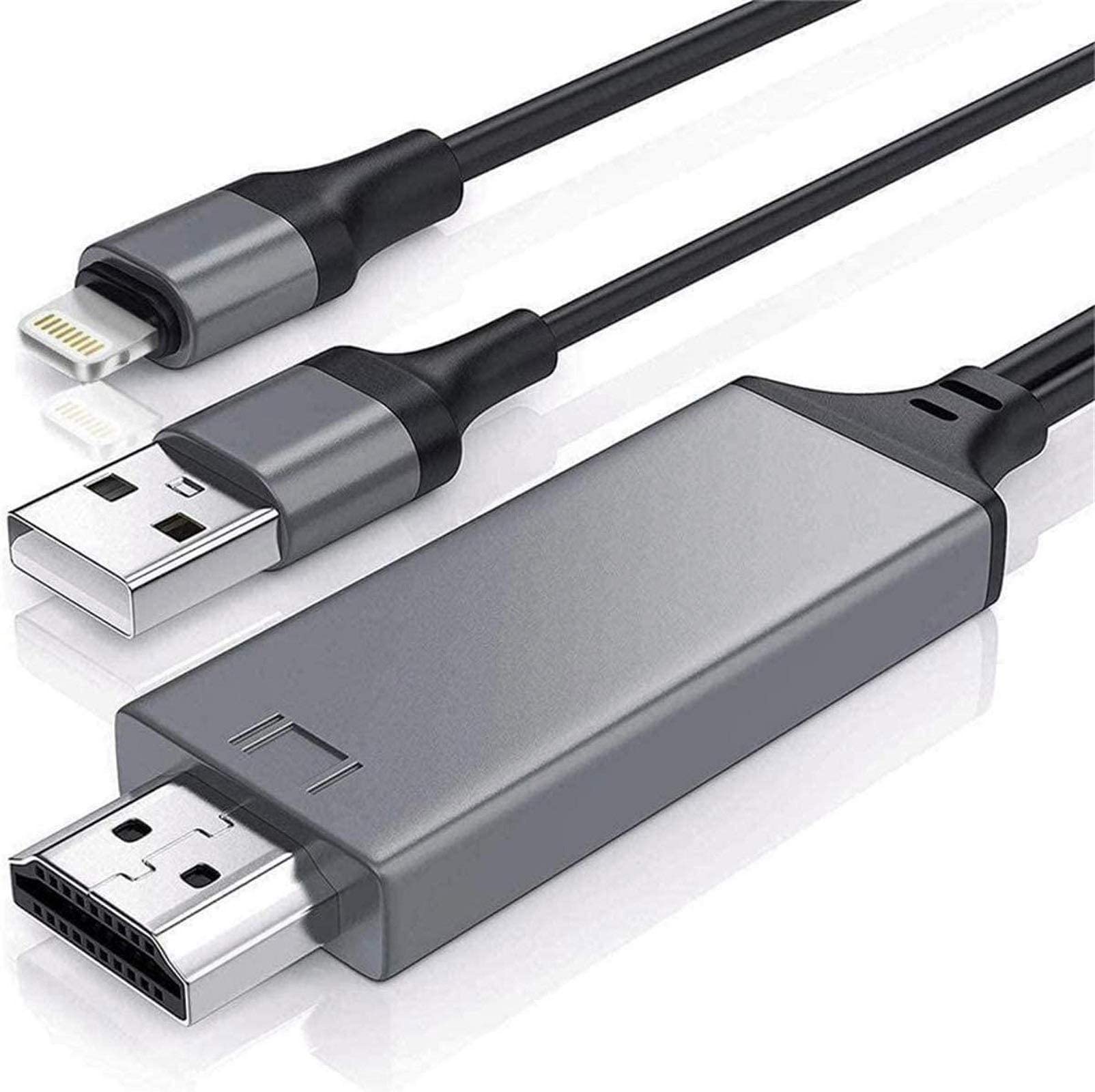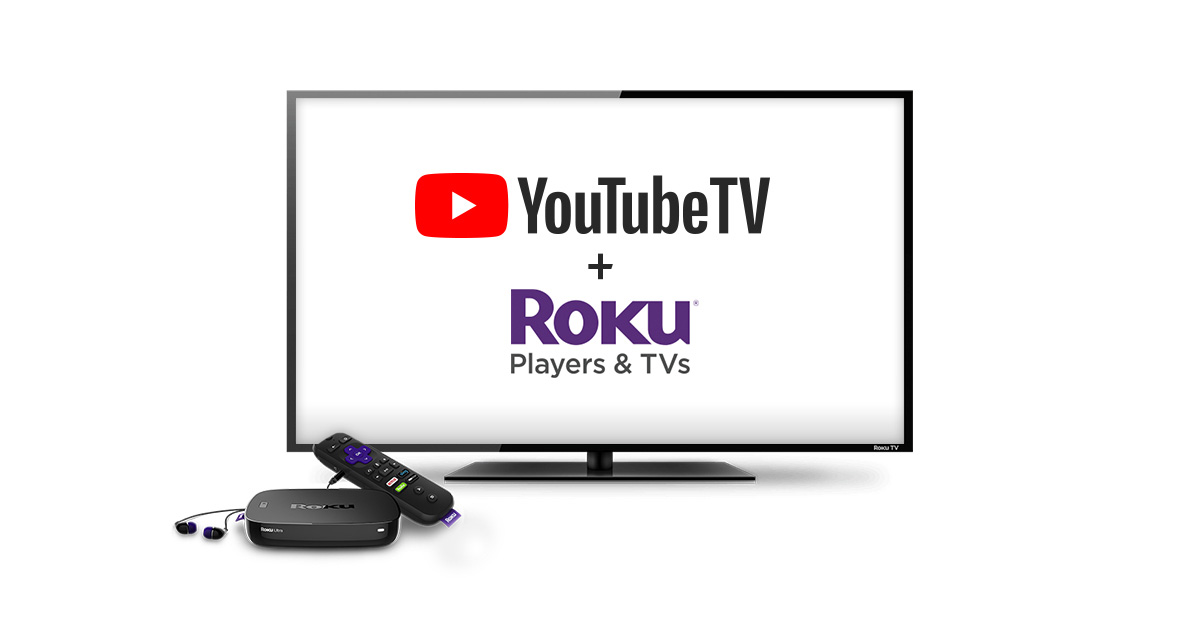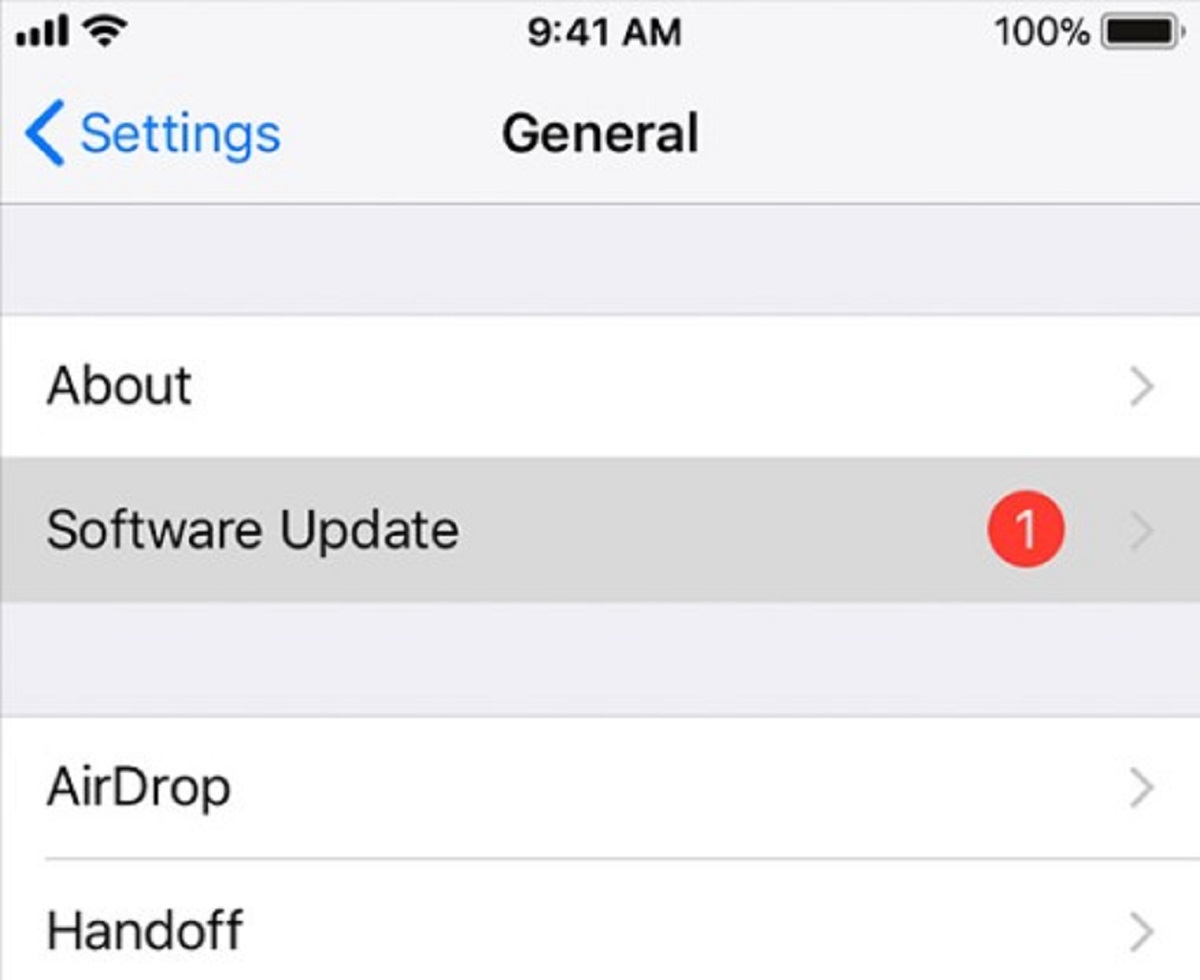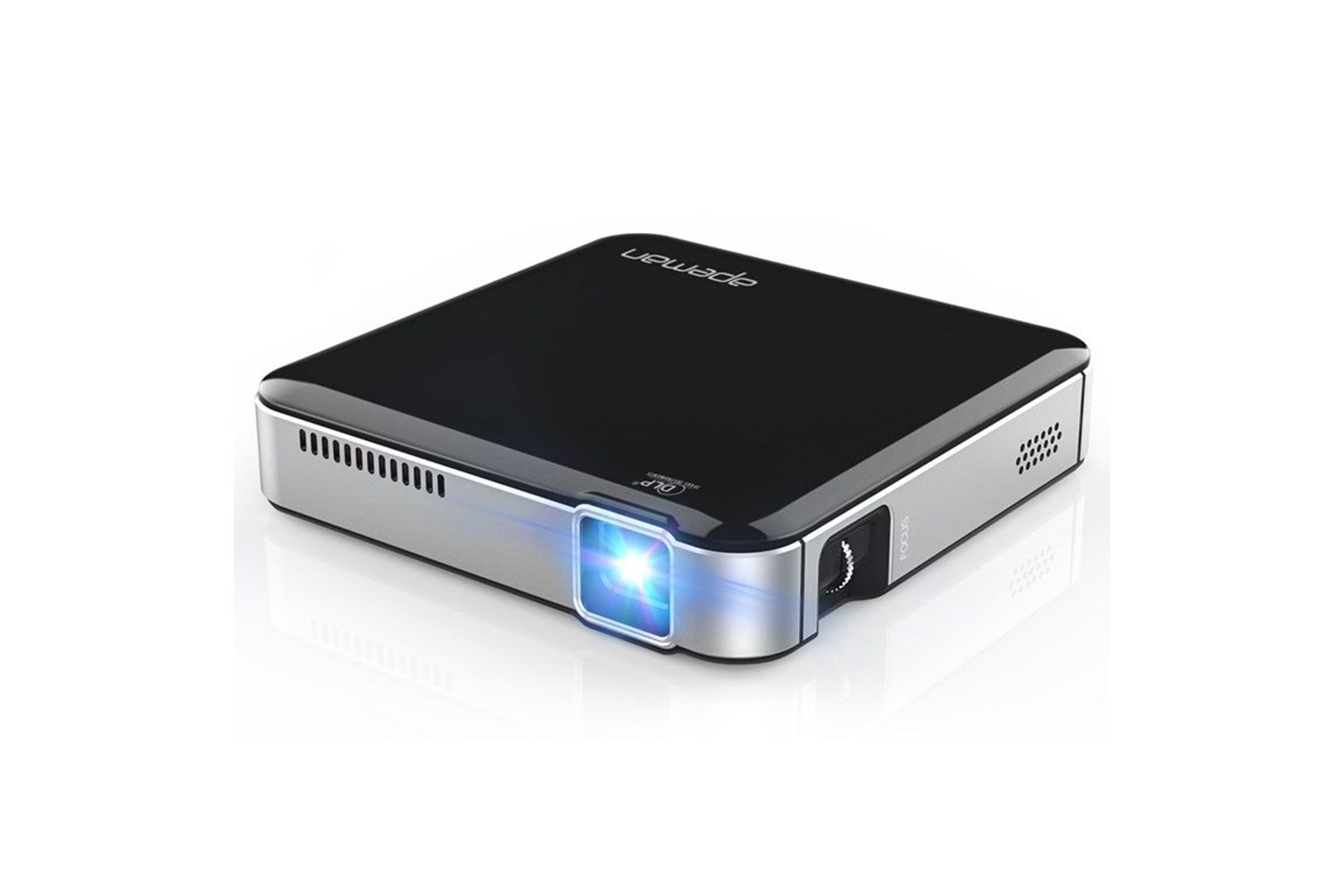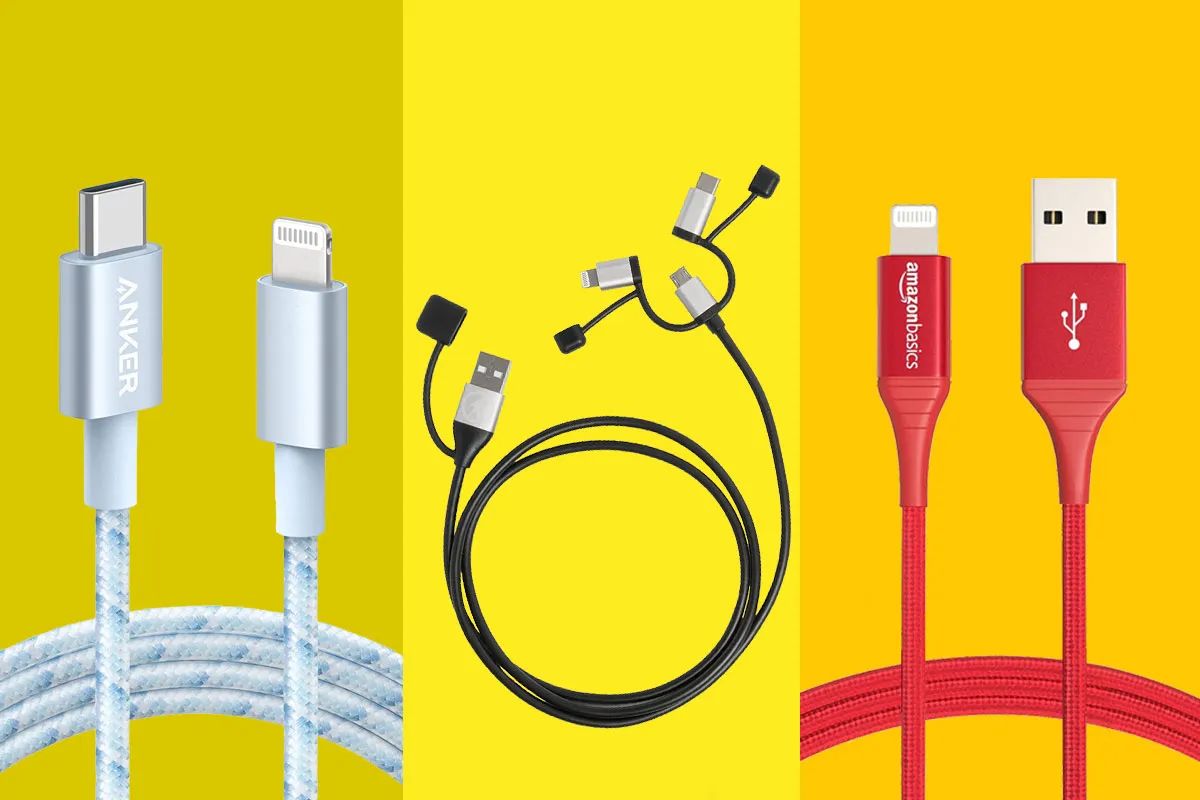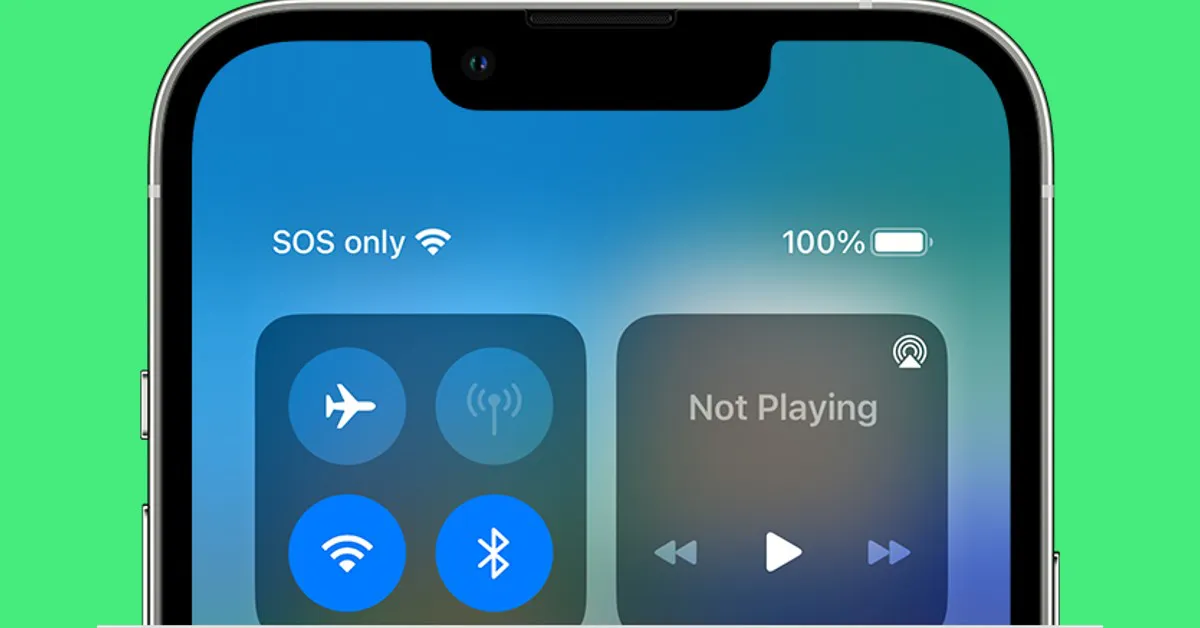Introduction
Having a stable and reliable Wi-Fi connection on your iPhone is essential for staying connected and enjoying a seamless online experience. However, there might be instances when your iPhone fails to connect to Wi-Fi networks, leaving you frustrated and disconnected from the digital world. In this article, we will explore the common reasons why your iPhone may have trouble connecting to Wi-Fi and provide practical solutions to help you get back online.
Your iPhone relies on Wi-Fi connectivity for various activities, such as browsing the web, streaming media, downloading apps, and staying connected with friends and family. When you encounter issues with Wi-Fi connectivity, it can disrupt your daily routine and hinder productivity.
The good news is that most Wi-Fi connectivity problems on the iPhone can be resolved with a few simple troubleshooting steps. By understanding the common causes of these issues and the solutions available, you can quickly get your iPhone back online and enjoy uninterrupted internet access.
In the following sections, we will discuss the most common reasons why your iPhone may not connect to Wi-Fi. From issues with the Wi-Fi network itself to problems with your device settings or software, we will explore each scenario and provide step-by-step instructions to resolve them. Whether you are experiencing intermittent connection problems, unable to connect to a specific network, or facing a complete Wi-Fi blackout, this article will guide you through the troubleshooting process.
If you have been grappling with Wi-Fi connectivity issues on your iPhone and are eager to get back online, read on to discover the possible causes and the solutions to resolve them. With our troubleshooting tips, you will be able to reconnect to Wi-Fi networks and enjoy a seamless online experience on your iPhone once again.
Common Reasons for iPhone Wi-Fi Connectivity Issues
There are several common reasons why your iPhone may experience connectivity issues when trying to connect to Wi-Fi networks. Understanding these potential causes can help you identify the root of the problem and find an appropriate solution. Here are some of the most common reasons for iPhone Wi-Fi connectivity issues:
- Weak Wi-Fi Signal: If the Wi-Fi signal strength is weak, your iPhone may struggle to establish a stable connection. This can occur if you are far away from the router or if there are physical barriers like walls obstructing the signal.
- Network Overload: In crowded areas with many Wi-Fi networks, your iPhone may struggle to connect due to network congestion. This can happen in densely populated areas or public spaces such as cafes, airports, or stadiums.
- Incorrect Wi-Fi Password: If you are unable to connect to a specific Wi-Fi network, it is possible that you have entered the incorrect password. Double-check the password and make sure it is entered correctly, paying attention to capitalization and special characters.
- Network Compatibility: Some networks may only support specific Wi-Fi protocols (e.g., 2.4GHz or 5GHz), and your iPhone may not be compatible with the network you are trying to connect to. Check if your iPhone supports the same Wi-Fi frequency as the network you are trying to connect to.
- Outdated Router Firmware: If your router’s firmware is outdated, it may cause compatibility issues with your iPhone. Ensure that your router’s firmware is up to date by checking the manufacturer’s website or contacting your internet service provider.
- Software Bugs: Occasionally, software bugs or glitches on your iPhone’s operating system may result in Wi-Fi connectivity issues. Updating your iPhone to the latest iOS version can help resolve these bugs and improve network connectivity.
By understanding these common causes, you are now better equipped to troubleshoot and resolve Wi-Fi connectivity issues on your iPhone. In the following sections, we will explore specific solutions for each of these problems, providing step-by-step instructions to help you get your iPhone connected to Wi-Fi networks seamlessly.
Problem with Wi-Fi Network
Sometimes, the issue of your iPhone not connecting to Wi-Fi lies with the Wi-Fi network itself. Here are a few scenarios that may indicate a problem with the Wi-Fi network:
- Network Outage: It’s possible that your Wi-Fi network is experiencing an outage or maintenance, preventing your iPhone from connecting. Check if other devices are also unable to connect to the network. If so, contact your internet service provider to inquire about any ongoing network issues.
- Router Malfunction: A malfunctioning router can cause connectivity problems. Try restarting your router by unplugging it from the power source, waiting for a few seconds, and then plugging it back in. Wait for your router to reboot and see if your iPhone can now connect to the Wi-Fi network.
- Router Configuration: Check if the router’s settings are properly configured. Ensure that the router is set to broadcast the Wi-Fi network and that it is not configured to block your iPhone or any specific devices from connecting. Refer to the router’s user manual or contact the manufacturer for assistance in checking and adjusting the settings.
- Network Traffic: If the Wi-Fi network is experiencing heavy traffic or congestion, your iPhone may struggle to establish a stable connection. This can occur in public spaces or shared networks. Try connecting to a different Wi-Fi network or wait for the network traffic to reduce.
- Interference: Other electronic devices, such as cordless phones, microwave ovens, or neighboring Wi-Fi networks, can cause interference and disrupt the Wi-Fi signal. Move your iPhone and router away from these devices or try changing the Wi-Fi channel on your router to reduce interference.
If you have verified that the Wi-Fi network is functioning properly and these troubleshooting steps have not resolved the issue, there may be other factors affecting your iPhone’s ability to connect to the network. In the next sections, we will explore additional solutions to address Wi-Fi connectivity problems on your iPhone.
Airplane Mode
One of the first things to check when your iPhone is not connecting to Wi-Fi is to ensure that Airplane Mode is turned off. Airplane Mode is designed to disable all wireless connections on your device, including Wi-Fi, cellular data, and Bluetooth. Here’s how to toggle Airplane Mode on and off:
- Swipe down from the top right corner of your iPhone screen (iPhone X or newer) or swipe up from the bottom of the screen (iPhone 8 or older) to open the Control Center.
- Look for the Airplane Mode icon, which looks like an airplane. If it is highlighted or blue, Airplane Mode is enabled. Tap the icon to toggle it off. When Airplane Mode is disabled, the icon should not be highlighted or blue.
Once Airplane Mode is turned off, your iPhone should be able to connect to Wi-Fi networks as usual. If you still experience issues, proceed to the next troubleshooting steps.
It’s worth noting that sometimes Airplane Mode can be accidentally turned on without realizing it. So, before diving into more advanced troubleshooting, double-check that Airplane Mode is not the culprit behind your Wi-Fi connectivity problems.
If turning off Airplane Mode did not resolve the issue and your iPhone still cannot connect to Wi-Fi, continue to the next section for further troubleshooting steps.
Network Settings
In some cases, incorrect network settings on your iPhone can prevent it from connecting to Wi-Fi networks. Here are a few steps you can take to ensure that your network settings are properly configured:
- Enable Wi-Fi: From your iPhone’s home screen, go to Settings and tap on Wi-Fi. Make sure the Wi-Fi switch is toggled on. If it is already on, try turning it off and then back on again to refresh the connection.
- Forget Wi-Fi Network: If you are having trouble connecting to a specific Wi-Fi network, you can try forgetting the network and then reconnecting to it. In the Wi-Fi settings, tap on the network name and select “Forget This Network.” Once forgotten, reconnect to the network by selecting it from the available networks list and entering the password.
- Renew DHCP Lease: DHCP (Dynamic Host Configuration Protocol) is responsible for assigning IP addresses to devices on the network. Sometimes, renewing the DHCP lease can resolve connectivity issues. In the Wi-Fi settings, tap on the network name and select “Renew Lease.” This will release and renew your IP address.
- Reset Network Settings: If none of the above steps work, you can try resetting your network settings to default. This will remove all saved Wi-Fi networks, passwords, and VPN settings. To reset network settings, go to Settings, tap on General, then select Reset, and choose “Reset Network Settings.” You will need to reconnect to Wi-Fi networks and enter passwords again after the reset.
By checking and adjusting your network settings, you can eliminate any potential misconfigurations that may be causing Wi-Fi connectivity issues on your iPhone. If these steps did not solve the problem, continue to the next section for further troubleshooting.
Software Update
Keeping your iPhone’s software up to date is crucial for maintaining optimal performance and resolving any known issues, including Wi-Fi connectivity problems. Here’s how to check for and install software updates on your iPhone:
- Connect your iPhone to a stable Wi-Fi network.
- Go to Settings, then tap on General.
- Select Software Update. Your iPhone will check for available updates.
- If an update is available, tap Download and Install. Make sure your iPhone is sufficiently charged or plugged into a power source to avoid interruptions during the update process.
- Follow the on-screen instructions to complete the installation. Your iPhone will restart after the update is installed.
Updating your iPhone’s software can resolve bugs and glitches that may be causing Wi-Fi connectivity issues. It also ensures that your device has the latest security enhancements and compatibility improvements. After the update, try connecting to Wi-Fi networks and check if the problem is resolved.
If your iPhone is already running the latest software version and you still experience Wi-Fi connectivity problems, proceed to the next troubleshooting steps to further address the issue.
Resetting Network Settings
If you have tried the previous troubleshooting steps and are still experiencing Wi-Fi connectivity issues on your iPhone, resetting network settings may help resolve the problem. However, please note that this will remove all saved Wi-Fi networks, passwords, and VPN settings from your device. Here’s how to reset network settings on your iPhone:
- Go to the Settings app on your iPhone.
- Tap on General, then scroll down and select Reset.
- Choose “Reset Network Settings” from the list of options.
- You may be prompted to enter your passcode. Enter it to proceed.
- Confirm the network settings reset by tapping on “Reset Network Settings” again.
After resetting the network settings, your iPhone will restart. Once it powers back on, you will need to reconnect to Wi-Fi networks and enter their passwords again. The process ensures a clean slate for your network settings, potentially resolving any configuration issues that were preventing your iPhone from connecting to Wi-Fi networks.
Remember to connect to a stable Wi-Fi network before attempting the reset, as this action will temporarily disconnect you from any available Wi-Fi networks until you reconnect after the reset.
If resetting network settings did not resolve the Wi-Fi connectivity issues on your iPhone, there may be other factors at play. It is advisable to continue troubleshooting or consider contacting Apple Support for further assistance.
Forget Wi-Fi Network
If you are having trouble connecting to a specific Wi-Fi network, forgetting the network and reconnecting to it can often resolve the issue. Here’s how you can forget a Wi-Fi network on your iPhone:
- Open the Settings app on your iPhone.
- Tap on Wi-Fi to access the Wi-Fi settings menu.
- Find the Wi-Fi network that you are unable to connect to and tap on the info (i) icon next to it.
- On the network details screen, tap on “Forget This Network.”
- A confirmation pop-up will appear. Tap on “Forget” to confirm and remove the network from your iPhone.
Once you have forgotten the Wi-Fi network, you can then attempt to reconnect to it. Here’s how:
- In the Wi-Fi settings menu, locate the network that you just forgot and select it again.
- If necessary, enter the network’s password and tap on Join.
- Your iPhone will attempt to connect to the Wi-Fi network again. If the issue was related to a temporary glitch or incorrect network configuration, this step should allow you to successfully connect.
Forgetting and reconnecting to a Wi-Fi network can often resolve connection issues on your iPhone. This process can help clear any saved problematic network settings or resolve conflicts with saved passwords. If the problem persists, proceed to the next troubleshooting step for further assistance.
Reboot Router
If you are experiencing Wi-Fi connectivity issues on your iPhone, a simple yet effective troubleshooting step is to reboot your router. Rebooting the router can help resolve temporary glitches or errors that may be affecting its performance. Here’s how you can reboot your router:
- Locate your Wi-Fi router and identify its power source.
- Unplug the power adapter from the router or disconnect its power source.
- Wait for about 10-15 seconds to ensure that the router completely powers down.
- Reconnect the power adapter to the router or restore its power source.
- Wait for the router to power up and re-establish its connection.
Once your router has restarted, give it a few moments to fully boot up and establish a stable connection. Then, check if your iPhone can now successfully connect to the Wi-Fi network. In many cases, rebooting the router can resolve connectivity issues and restore normal Wi-Fi functionality.
If rebooting the router did not resolve the problem, consider trying other troubleshooting steps or contacting your internet service provider for further assistance.
Contacting Apple Support
If you have exhausted all the troubleshooting steps mentioned earlier and are still unable to resolve the Wi-Fi connectivity issues on your iPhone, it’s time to seek assistance from Apple Support. Apple’s support team is dedicated to helping users resolve technical problems and can provide personalized guidance based on your specific situation. Here’s how you can reach out to Apple Support:
- Visit the Apple Support website or use the Apple Support app on another device.
- Explore the support resources available, including articles, user guides, and troubleshooting guides related to Wi-Fi connectivity issues.
- If you are unable to find a solution or need further assistance, choose the method to contact Apple Support that best suits your needs. This may include chat support, phone support, or scheduling an appointment at an Apple Store or Authorized Service Provider.
- Explain your Wi-Fi connectivity issues to the Apple Support representative or technician in detail. Provide any relevant information or steps you have already taken to troubleshoot the problem.
- Follow the instructions and recommendations provided by the Apple Support representative or technician to address the Wi-Fi connectivity issues on your iPhone.
Apple Support has a wealth of experience in troubleshooting iPhone issues and can offer guidance tailored to your specific situation. Whether it’s a hardware or software problem causing the Wi-Fi connectivity issues, contacting Apple Support will ensure that you receive the appropriate assistance to resolve the problem.
Remember to provide any necessary information, such as your iPhone model, iOS version, and details about the Wi-Fi networks you are trying to connect to. This will help the Apple Support team better understand your situation and provide targeted solutions.
By reaching out to Apple Support, you can get expert assistance and increase the chances of resolving the Wi-Fi connectivity issues on your iPhone efficiently and effectively.
Conclusion
Having a reliable Wi-Fi connection is vital for staying connected and accessing the digital world with your iPhone. However, encountering connectivity issues can be frustrating. Fortunately, many common Wi-Fi connectivity issues can be resolved with a few simple troubleshooting steps.
In this article, we explored various reasons why your iPhone may have trouble connecting to Wi-Fi networks. From problems with the Wi-Fi network itself to issues with your device settings or outdated software, we covered a range of potential causes. We provided step-by-step instructions on how to address these issues, from toggling Airplane Mode and adjusting network settings to resetting network configurations and rebooting the router.
If, despite your best efforts, you are still unable to resolve the Wi-Fi connectivity issues on your iPhone, do not hesitate to reach out to Apple Support. Their team of experts can provide personalized guidance and assistance to help you get your iPhone back online.
Remember to keep your iPhone software up to date and consider contacting your internet service provider if you suspect a problem with the Wi-Fi network itself. By following the troubleshooting steps outlined in this article and seeking appropriate technical support when needed, you can regain a stable and reliable Wi-Fi connection on your iPhone.
We hope that this guide has been helpful in troubleshooting and resolving Wi-Fi connectivity issues on your iPhone. Stay connected, and enjoy uninterrupted access to the digital world.









